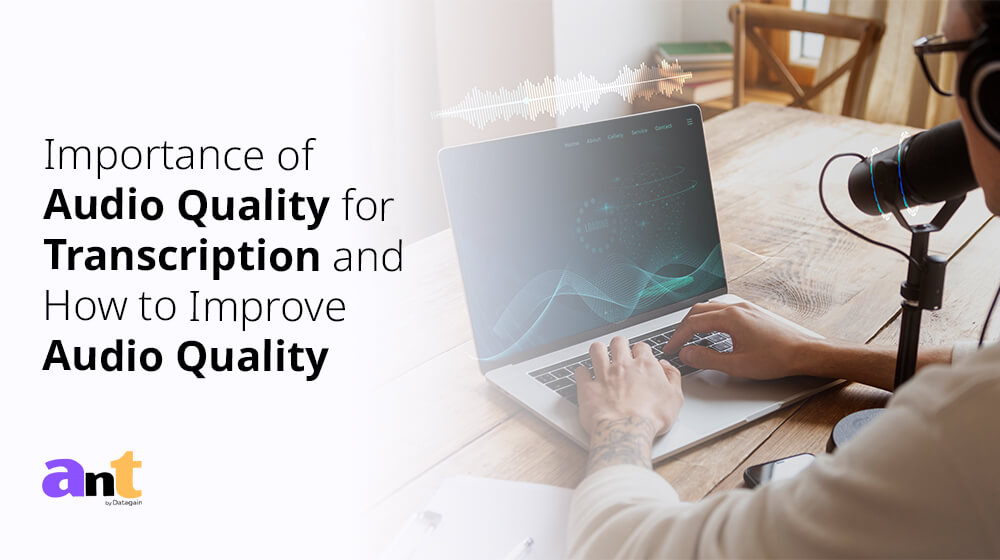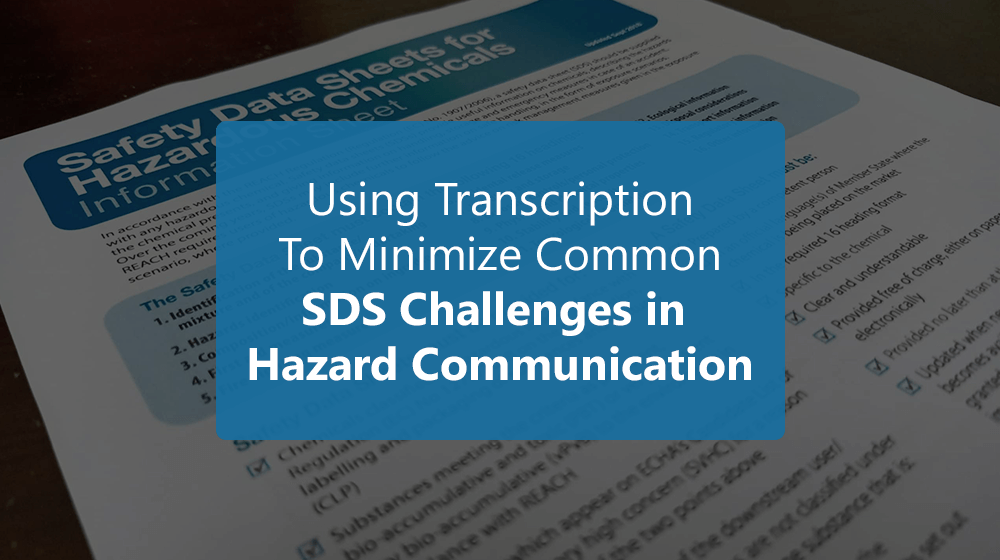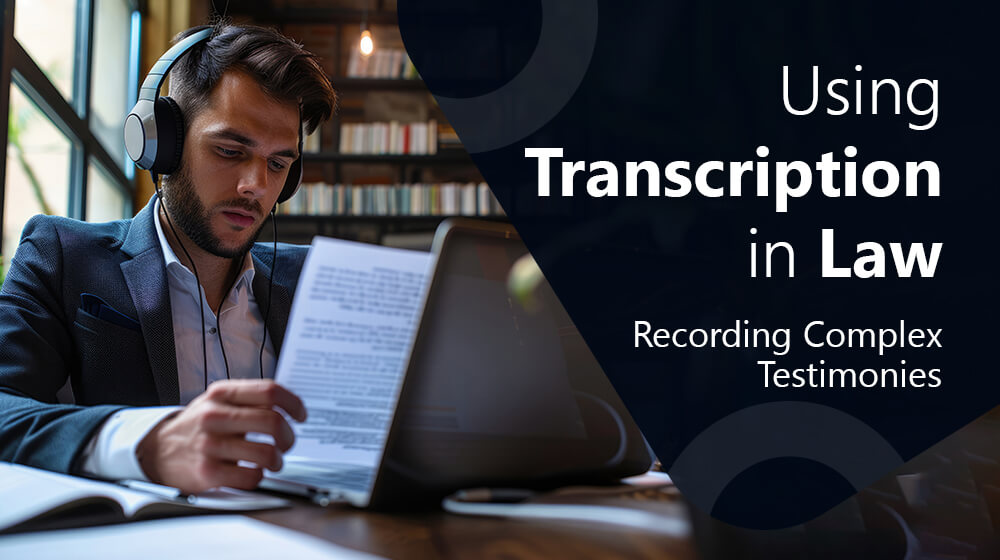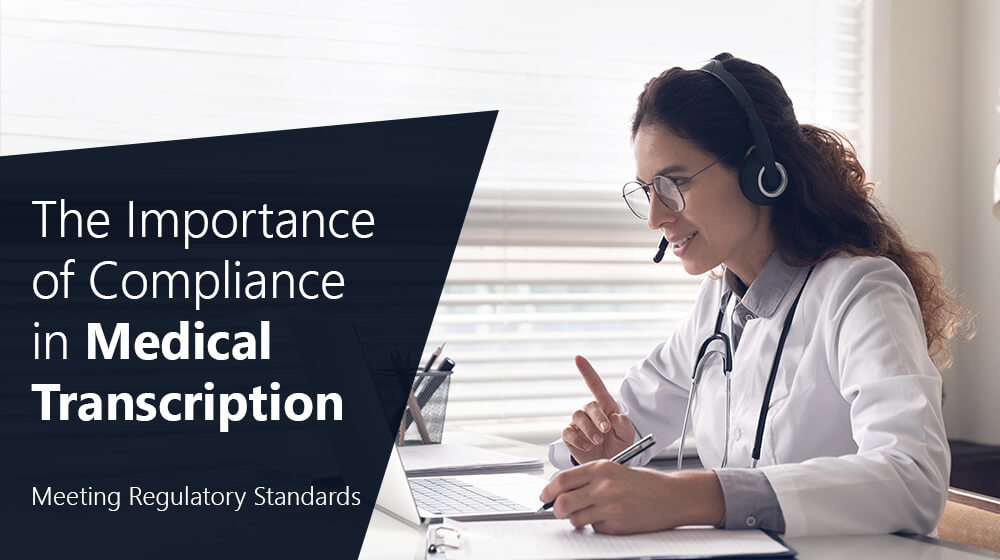Importance of Audio Quality for Transcription and How to Improve Audio Quality
For accurate transcription, audio quality is essential. Poor audio can result in missed words and misinterpretations. To ensure every word is captured clearly, it’s crucial to understand the key aspects of audio quality and how to maintain it. This article guides you through the importance of high-quality audio for transcription and offers practical tips to achieve it.
Why Does Audio Quality Matter for Transcription?
1. Transcription Accuracy: A study by researchers at the University of Texas at Austin found that even a slight decrease in audio quality, such as introducing background noise or reducing the signal-to-noise ratio (SNR), can lead to a significant increase in transcription errors.
2. Efficiency in Transcription: Clear audio significantly reduces the time and effort required for transcription; according to a survey, poor audio quality can increase transcription time by as much as 50%. Transcriptionists benefit from clear audio as it minimizes the need for repeated playback, accelerating the process and reducing costs.
3. Listener Engagement: Poor audio quality frustrates podcast listeners and diminishes transcript readability. Clear, accurate transcriptions significantly enhance the reader’s experience. Research in the Journal of the Acoustical Society of America confirms that lower-quality audio hinders listener comprehension, underscoring the critical importance of clear audio for effective communication.
4. AI Transcription Accuracy: AI transcription tools are improving, but they still depend heavily on audio quality. Research from Google reveals that a 3dB increase in SNR can cut the word error rate (WER) by 10%. Clear audio remains essential for accurate transcriptions as these tools evolve.
Tips for Improving Audio Quality
Improving audio quality involves steps before, during, and after recording. Here are some tips to help you achieve better sound quality:
Before You Hit Record
1. Get Quality Microphones:
Investing in quality microphones is the most direct way to enhance audio quality. The type of microphone you need depends on your project. For instance, podcast microphones are ideal for podcasting, while wireless microphones are better for dynamic settings. Even an inexpensive external microphone is better than a built-in laptop mic.
2. Consider Your Microphone Placement:
Proper placement of the microphone is crucial. A stationary, mounted microphone reduces the risk of interference and ensures consistent audio quality. Position yourself no more than six inches from the mic to maintain clear and steady sound.
3. Reduce Background Noise:
Background noise can ruin a recording. Check your recording environment for ambient sounds like running refrigerators, traffic, or echoes. Recording in a studio is ideal, but if that’s not possible, soundproofing your space with blankets or pillows can help. Power conditioners can reduce digital hums from electronics.
4. Test Your Equipment:
Always test your equipment before recording. Check for any buzzes, hums, or other interferences. It’s easier to fix issues during the test phase than during post-production.
In-Session Recording Tips
1. Speak Clearly:
Clear speech is vital for good audio. Speak clearly and at a moderate pace. Avoid mumbling and ensure all speakers do the same. This helps maintain consistent and understandable audio throughout the recording.
2. Wear Headphones:
Monitoring your sound with headphones allows you to hear exactly what the microphone is picking up. This helps you catch any issues with sound levels or ambient noise in real-time, enabling immediate adjustments.
3. Record Separate Tracks for All Speakers:
Recording each speaker on a separate track simplifies the editing process. It allows for easy adjustments to individual tracks, such as removing verbal tics or balancing sound levels, without affecting the entire recording.
4. Use a Pop Filter
A pop filter helps moderate plosive sounds that can cause distortion. This simple tool ensures that hard consonants like “p” and “t” don’t hit the microphone too harshly, improving overall audio quality.
Improving Audio Quality During Post-Production
Post-production is where you can refine your audio. Here are some tips to enhance your audio quality during this phase:
1. Use Editing Software:
Robust audio editing software like Audacity or Adobe Audition can significantly improve your audio quality. These tools offer features to clean up your recordings, balance sound levels, and remove unwanted noise.
2. Edit Carefully:
Careful editing ensures that your final audio is clean and professional. Remove dead air, coughs, false starts, and any other distractions. Consistency is key, so maintain a high standard throughout the entire recording.
3. Equalize Your Audio:
Using an equalizer can enhance your audio by adjusting specific frequencies. This can help balance the overall sound, making it more pleasant to listen to. Equalization requires some practice, but it can significantly improve audio quality.
4. Hire a Professional Editor:
If editing is not your forte, consider hiring a professional. A skilled audio editor can bring out the best in your recordings and ensure they are polished.
Signs You May Be Recording Poor Audio
Prevention is better than cure. Watch for these signs of poor audio recording:
- Sitting too close or too far from the microphone
- Moving around or fidgeting during recording
- Not using a pop filter
- Having non-recording electronics in the room
- Recording in a room with hard surfaces that cause echoes
- Using a laptop or phone as a microphone
- Not wearing headphones
Conclusion
High-quality audio is essential for accurate transcriptions. Investing in good microphones, strategic placement, noise reduction, and thorough editing enhances clarity, ensuring your media effectively engages your audience.
With ANT Datagain as your transcription partner, you can meet your audience’s needs with tailored solutions for complex audio, quick turnaround times, and top-notch data security. Our skilled transcribers ensure a seamless and efficient transcription experience.

















